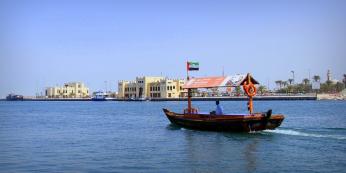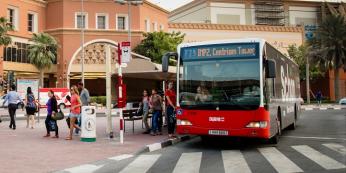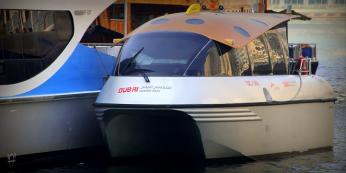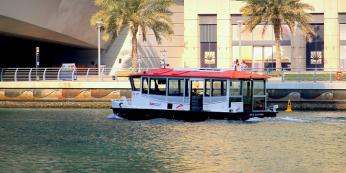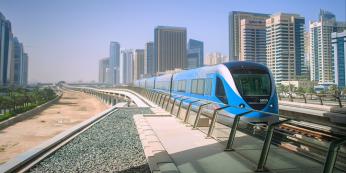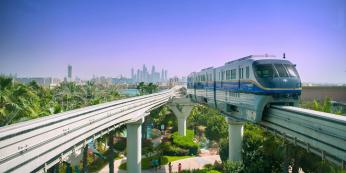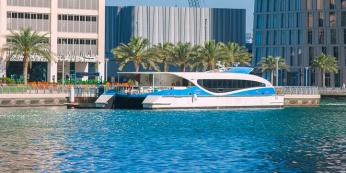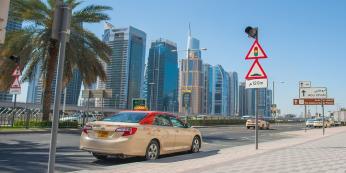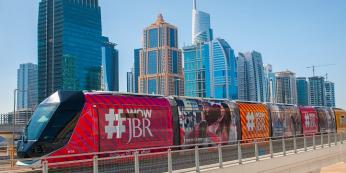Public transportation in Dubai
Transportation in UAE
The economic development of any state is directly related to the existence of a modern and well developed infrastructure network. The existence of highways, bridges, airports, sea ports, railways, navigable rivers or canals, telecommunication networks and internet connection, is vital to many different sectors of the economy. One of those sectors is tourism, one of the important pillars of Dubai’s economy.
Dubai, under the visionary leadership of HH Sheikh Mohammed, is a pioneer in creating the proper infrastructure that will cover the needs of its economy for at least the next 25 to 30 years and beyond.
Dubai has developed a highway network with 6 to 7 lanes each direction and a large number of secondary and tertiary roads that cover the entire Emirate. It has the world’s busiest airport in terms of international passenger traffic and is building a second one, which, upon completion, is intended to be the world’s largest airport with a capacity of over 220 million passengers per year. Dubai’s modern bus fleet has transported 151.1 million passengers only in 2016. In 2012 Dubai Metro was declared by Guinness World Records as the world’s longest (75 km long) driverless and fully automated metro network. The tram network is the most recent addition to Dubai’s commuting system. Dubai Tram was opened to the public on November 12th, 2014. Dubai has developed a fleet of modern water buses, ferries and taxis that carry passengers along the coastal line and through the various waterways. Dubai Taxis provide relatively cheap and fast transportation throughout the city and its suburbs.
Dubai has set a target, to receive 20 million visitors per year by 2020. We are confident that Dubai not only will achieve this target but it will, through the hard work and the persistence of its people, set a new record.
